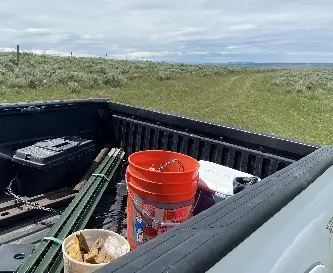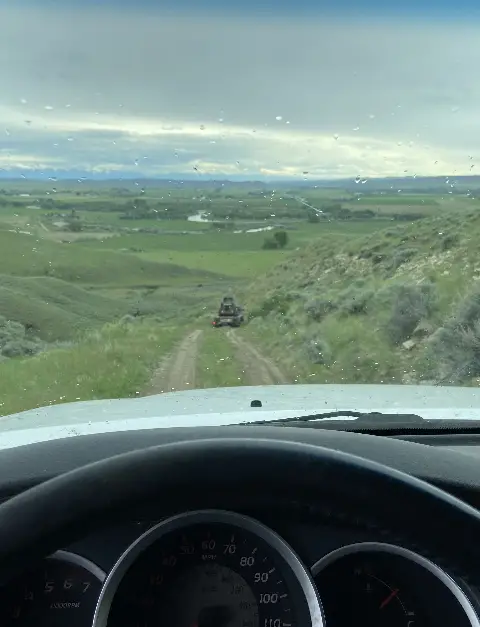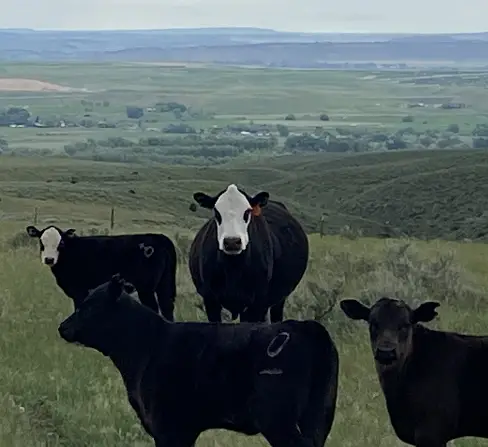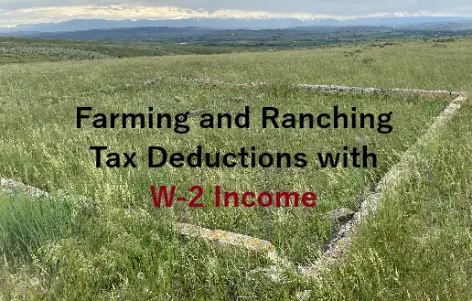W-2 Income Tax Deductions from Farming and Ranching
If you have W-2 income, what tax deductions are fair game to shelter some of it?
Of course, we are well beyond talking about the hobby rules here; you have legitimate business interests in agriculture. Perhaps you are a physician or other high-income W-2 professional who has some ties or agricultural roots. Use these to depreciate your income now and turn it into cash-flowing assets.
Does that sound familiar? High-income W-2 turns income into section 179 and bonus depreciation. It sounds like taking active W-2 wages and turning them into business income or, perhaps more similar, using them against active real estate gains.
If you want the bible from the IRS, go no further than the IRS Publication 225 (Farmer’s Tax Guide).
But for a shortcut, here is a guide on deducting your W-2 income with Farming and Ranching.
The Guide to Farming and Ranching Tax Deductions for the High-Income W-2 Earner
So, let’s get right to it. This is the guide to farming and ranching tax deductions for the high-income W-2 earner. What are some tax-related issues you need to keep in mind:
- Remember, you will accelerate income for some years, and for you will defer income for some years.
For the W-2 worker, you will use this tax bracket arbitrage as an opportunity to fund Roth accounts during low-income years.
With your farm and ranch income, you can have significant tax deductions for necessary business expenses this year, last year, or next year.

My outfit up on top with fencing supplies in the back. You will walk miles with a bucket fixing a thing or two every now and again and then come across a 100ft section that needs rebuilt after snow drifts, erosion, or, most likely, 100+-year-old posts falling down due to age. The outfit and supplies are a business deduction at 100% in the year of purchase. So I might buy some extra that I need next year and take the deduction this year, or I might not.
- Farm Income Averaging
W-2 earners might adjust tax burden by using the income averaging election for farmers’ election.
- Depreciation for Farmers and Ranchers
- Section 179 or bonus depreciation for most pieces of new equipment. This phases out above $2M
- New buildings may be rapidly depreciated via cost segregation, with the rest depreciated over 20 years. Note some structures are ten years.

Going down the 18% grade in Low 4WD in first gear. In front of me, a 7000lb skid steer is strapped to a flattop that essentially sides down parts of the greasy bentonite trail. Going up, we had to unhitch the skid steer and move it forward 10 feet to get more weight on the truck. Backing down the hill to gain momentum after unstrapping and driving a skid steer while on a flatbed at 18 degrees was just a routine part of the day. That’s an expensive piece of equipment. I can section 179 deduct it 100% this year if I need a new one.
- Pay Kids for Tax Deduction and Roth
This may be a complicated topic, but having a farm or ranch provides ample room to employ your kids, get the business tax deduction, and use their income to fund Roth IRAs. Of course, this is age, State, and child-dependent.
- Federal and State Fuel Tax Credit
If you want to keep track of the number of gallons of fuel you use on the place and not the road.
- Carry Back Losses and W-2
It would be nice to carry back losses with W-2 income, but there is no way. You can carry back net operating loss for two years with farm and ranch income. Losses can be carried forward indefinitely. However, losses can only offset 80% of taxable income. There are also difficult decisions to take into account with the 199A deduction. And, of course, the excess business loss rule limits a loss to $500k a year.
- Use Retirement Accounts
Why not use Solo-K’s, SEP-IRAs, HSA’s, etc.?
W-2 Income Into Assets via Farming and Ranching
So, remember, the goal is not losses or unnecessary expenses; it is to turn money you would otherwise blow on taxes into assets that work for you.
Land, tractors, equipment, buildings, improvements, housing, employment, business-related items, cell phones, computers—your farm or ranch will need many things.
Like running a business or in real estate, the idea is to defer gains to the future. But, then, the game is never to pay them.
High W-2 Income and IRS Targets
High W-2 income with Schedule F expenses that legitimate business interests cannot explain might become a target of an IRS audit.
While businesses and hobbies might have start-up costs that get deducted, business or enjoyment will determine the next 3 out of 5 years’ business revenues and future deductions.
Tax Treatment of Sales of Products
Raised
Income from the sale of products raised and sold is reported on line 2 of Schedule F.
This includes animal, vegetables, and other ag products, and expenses for raising these are deducted in the year of occurrence.

Above, my cow and her white-faced calf. Two of her playmates are in front of the summer pasture. The cow is 100% depreciated long-term capital gain asset if sold, and her bull calf is ordinary income since he was born on the place.
Crop or Livestock Share rental income for materially participating is also reported on line 2 of Part 1 of Schedule F. This is a fascinating idea for the right W-2 earner. Use Schedule J to make the income-averaging election.
Summary- Farming and Ranching Tax Deductions with W-2 Income
So, if you have high W-2 income, you can turn some of the money you would pay as taxes into assets that can cash flow for you.
Remember, this is a business. So, there will be business expenses that can offset your non-farm and non-ranch W-2 income. Or your spouse’s W-2 income. Nice idea!

